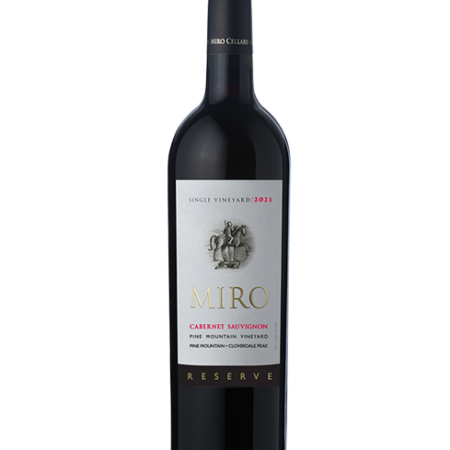Highlights
WINEMAKER MIRO TCHOLAKOV’S TASTING NOTES: The wine has very distinct blue and blackberry aromas followed by subtle aromas of vanilla, brown sugar, cinnamon, and slight oak toastiness. The mouthfeel is solid, with medium body and very soft and elegant (for Petite) tannins that accentuate the wine’s long and juicy finish. Petite Sirahs, when balanced, are very versatile food-pairing wines with a broad range. This wine will satisfy your palate with many of your favorite dishes. Also, Petite can give most Cabs a “run for the money” when it comes to pairing with grilled meats and longevity in your wine cellar. The wine is delicious now but with some patience and proper aging in 3-8 years, it will be even better
THE VINEYARD: The Grapes are from Coyote Ridge upper block Vineyard situated almost in the middle of Dry Creek Valley. Decomposed rocks and brick red Manzanita type soils are usually very well suited for low pH Petites with deep red color and solid, age-worthy structure.
THE VINTAGE: The 2019 season had an interesting but moderate mix of conditions. The year started slowly with little pressure from the weather providing the grapes with a long hang time to develop ripeness and flavor maturity without over-ripening. In early October, Mother Nature delivered a quick tango of heavy rain that prompted us to use canopy management techniques to open the fruit zone, allowing the sun and wind to dry out the remaining fruit. Even though more than an inch of rain fell during the middle of harvest, it had no impact on Cabernet and little or no impact on Zinfandel grapes. Overall, fruit quality has been excellent with very little shrivel and little or no rot. Our harvest began at a somewhat normal time almost a month later than the 2017 vintage.
WINEMAKING: The fruit was handled in the gentlest way possible, hand sorted and fermented in small open-top fermenters with minimum hand punch-downs per day. As usual, the most effort was in extracting as much of the beautiful Petite aromas without the harsh tannins. The malolactic fermentation was done in barrels; aging was done in 25% new European oak barrels for about 11 months.







